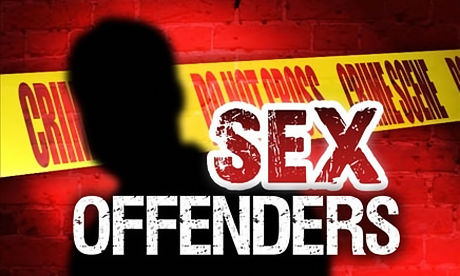The steps taken in the last 30 years to prevent the devastating trauma of child sexual abuse are making a difference. From 1990 to 2010, substantiated cases of child sexual abuse throughout the United States dropped 62 percent, according to experts David Finkelhor and Lisa Jones using a variety of sources including national surveys, FBI and NDACAN (National Data Archive on Child Abuse and Neglect) data. Similarly, since the late 1970s, abuse by Catholic clergy has plummeted from 4 percent to less than 1 percent.
Mandatory reporting laws, prosecution of offenders, increased public awareness, and child-safe education programs have certainly contributed to this trend. Mirroring these aggressive efforts has been the remarkable turnaround in the Catholic Church with it currently having one of the most extensive, comprehensive child protection programs in the country.
The temptation now is to think society has done its job. It has “gotten rid” of the offenders by sending them to prison. Likewise, the church is dismissing clergy-offenders from priesthood. But such thinking is short-sighted. The process of making both society and church safe for children is not over. Rather, dealing with this terrible scourge, affecting all corners of our society, is entering a new phase.
I recall being at the bishops’ meeting in Dallas 2002 when the clergy sexual abuse crisis was at its zenith. In this intense environment, American public sentiment sent a clear message to the bishops, “Get rid of them.” And they did. A few hundred were immediately dismissed and more followed. Child advocates then queried the bishops, “So now, you are supervising these men?” The response came, “Once they are dismissed from priesthood, they are beyond our reach.”
The American mantra to such problems tends to be, “Get rid of them” thus giving the United States the highest incarceration rate in the world. But incarceration is only a limited and temporary solution. Civil authorities are able to prosecute some offenders, but lack of evidence and resources, plus criminal statute of limitations limit prosecution rates. Even so, most child abusers will eventually return to society. What then? Megan Laws have tried to keep them away from minors but children are everywhere.
The next phase of child protection is upon us: what to do long-term with laity and clergy alike who sexually molest children? Continue reading
Image: Prisons UK
Additional readingNews category: Analysis and Comment.




